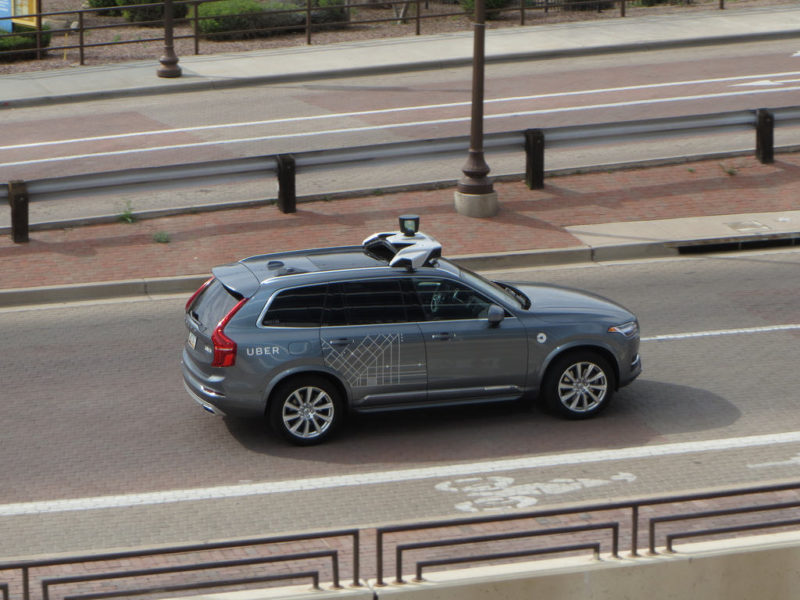The 19th and 20th century gave rise to some of the most remarkable innovations that completely transformed the way people traveled. This included the invention of airplanes, automobiles, and electric trams, to name a few. With rapid investments pouring into the development of self-driving technology, it may not be too long before connected and autonomous cars are on the road. This has the potential to not only completely alter the outlook of this massive industry, but also have implications for world prosperity in terms of safety and job losses.
Firstly, what are connected and autonomous vehicles? Connected vehicles utilize wireless communication with vehicles, pedestrians and infrastructure. Vehicle to Vehicle (V-2-V) technology ensures cars can consistently exchange data such as its speed, braking and loss of stability. It can almost be perceived as a “wifi-like” network for ranges up to 300m. Vehicle to Pedestrian (V-2-P) and Vehicle to Infrastructure (V-2-I), is an extension of V-2-V, with information now being received from pedestrians and infrastructure such as traffic lights and buildings. An associated concept, autonomous vehicles, use radar sensors, cameras and LIDAR (laser light) units to gather heaps of data from its surroundings. This input is then processed by a central computer, ultimately guiding the car’s reaction. In their most advanced form, autonomous vehicles would not require drivers to even touch the steering wheel, giving complete control to the “auto-pilot”.
Annually, in the US alone, 30,000 people are killed by accidents resulting from human error. Autonomous vehicles would substantially reduce the likelihood of accidents due to intoxicated driving, or distracted driving. Furthermore, since self-driving cars are aware of all the regulations and traffic laws, they would adhere to these rules, which an ordinary driver would not be able to in the same way. The roads would be safer not only for those in cars, but also pedestrians.
Now, think about how much time you have spent in traffic, painstakingly looking ahead for a ray of hope, i.e. the car ahead of yours to move. If you were like any other average commuter in metropolitan cities, it is likely that you lost 84 hours this past year in traffic. You could have spent that time studying, working, or simply relaxing. Autonomous vehicles, have the capability to considerably reduce congestion as they will optimize travel times, and as such free up a lot of time for commuters. Furthermore, one could use his commute to do whatever he desires, rather than spend it driving.
On the other hand, besides the fact that driverless cars are not yet a 100% safe, there could be thousands of job losses. There are over 300,000 truck drivers in Canada, all of whom would be unemployed if self-driving vehicles become the standard. There would be a further ripple effect into related industries that rely on the transportation industry. As an example, if collisions are eliminated, the automobile insurance industry would suffer a massive decline in revenues and several healthcare professionals could also find themselves out of jobs. Arguably, more jobs will be created in the technology industry. The demand for individuals with experience in Artificial Intelligence, Machine Learning, and Data Analytics, all of which are the pillars behind driverless technology, would increase significantly. Would the number of jobs created outnumber those that are lost? We’ll have to wait and see.
To compound the job losses, self-driving vehicles could also present an irresistible opportunity to hackers. This can have devastating effects, with hackers potentially controlling the vehicles with malicious intent. Large amount of personal data, such as places one visits regularly, could also be retrieved. The ease with which self-driving vehicle systems can be hacked is worrying. All it takes are basic laser pointers, which are accessible online. The very functions that enable autonomous vehicles to work are the most susceptible to hacking.
Saving time, and more importantly protecting lives, are undeniably valuable benefits of autonomous vehicles. However, the risks posed by autonomous vehicles should first be addressed before they are adopted for everyday use. While it might seem like a far-fetched idea, governments across the world should consider rolling out training programs for workers who face a threat of losing jobs in the face of this change. These workers could be incentivized to attend these programs by being offered lower taxes in the interim. Despite the monetary pressure of such schemes in the short run, in the long run, these would likely benefit the governments in that they would likely spend less on employment insurance. Furthermore, autonomous vehicle makers need to actively invest in tackling security issues. In this way, we would be ready to embrace autonomous vehicles.
Photo: The all new Volvo Self-Driving Car via Public Domain
Disclaimer: Any views or opinions expressed in articles are solely those of the authors and do not necessarily represent the views of the NATO Association of Canada.




